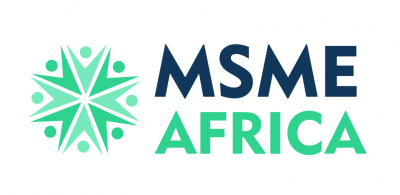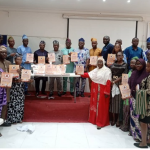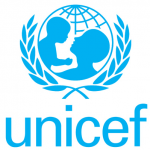Gombe State has approved a contribution of five hundred million naira toward the procurement of Ready-to-Use Therapeutic Food, a life-saving treatment for children suffering from severe acute malnutrition. The decision signals growing concern over worsening nutrition levels in parts of northern Nigeria and highlights the state’s attempt to strengthen an already fragile child-health system.
The state government explained that the funding forms part of a joint arrangement with UNICEF through the Child Nutrition Fund. The mechanism is designed to help developing regions secure steady access to essential nutrition commodities, especially in areas where health services struggle to keep up with community needs. With this contribution, Gombe aims to expand treatment across all eleven local government areas and ensure that children with severe acute malnutrition receive uninterrupted care.
Severe acute malnutrition, marked by dangerous levels of wasting and a high risk of mortality, remains one of the Northeast’s most persistent child-health challenges. Households in the region continue to face economic pressures, displacement, and frequent surges in food prices. Aid groups have repeatedly warned that these conditions make families more vulnerable, deepen poverty, and increase the number of children needing immediate nutritional support. For many small local businesses, especially those operating around food supply chains, health centres, and community markets, rising malnutrition also affects customer purchasing power and general community stability.
The government noted that Gombe remains one of the few states that consistently meets its counterpart funding commitments for nutrition interventions. Officials say this latest approval reinforces the administration’s plan to sustain investments that directly influence survival outcomes for children under five, an age group widely known to experience preventable malnutrition-related deaths. They added that consistent financing has already strengthened primary health facilities and community-based treatment points by ensuring that essential services are available when families need them.
The state’s strategy links nutrition financing to broader development outcomes. It views malnutrition not only as a health emergency but as a social and economic issue affecting long-term human capital development. The administration emphasises that tackling child malnutrition requires predictable funding rather than temporary responses driven by emergencies. This approach, it says, will support early childhood development, reduce mortality rates, and stabilise vulnerable households who depend on community markets and small enterprises to survive.
Ready-to-Use Therapeutic Food has become a central tool in global malnutrition treatment because of its long shelf life and ease of use. The peanut-based paste allows caregivers to administer treatment at home while health workers monitor progress during periodic visits. Reports show that this method significantly improves recovery rates and reduces pressure on already overstretched clinics, especially in remote communities where access to medical facilities is limited.
As humanitarian organisations warn of rising malnutrition cases across northern Nigeria, Gombe’s new allocation is intended to prevent treatment gaps that could put thousands of children at risk. Officials say the priority is to ensure that no child is denied access to therapeutic food because of funding shortages. They argue that consistent support will also help stabilise the wider local economy, as healthier children reduce household strain and allow parents, many of whom run micro and small businesses, to remain productive.
The state believes that continued investment in nutrition will not only save lives but also strengthen long-term development across communities that depend on both agriculture and small enterprises for survival.










